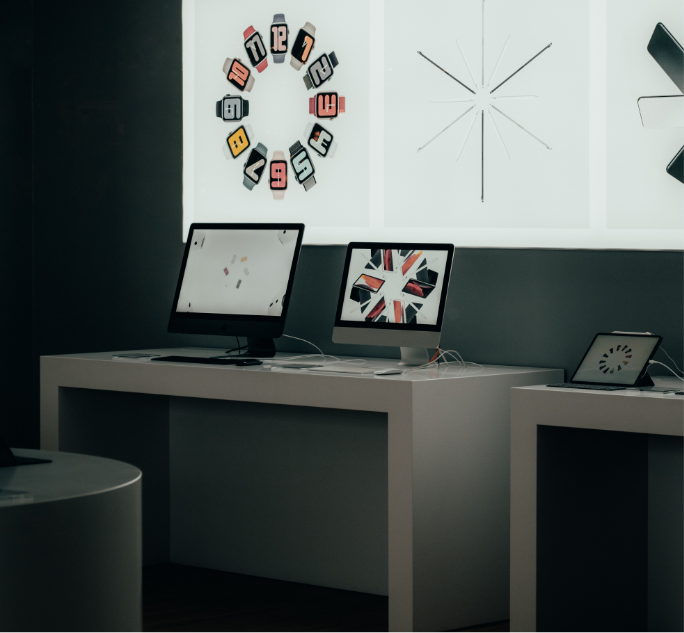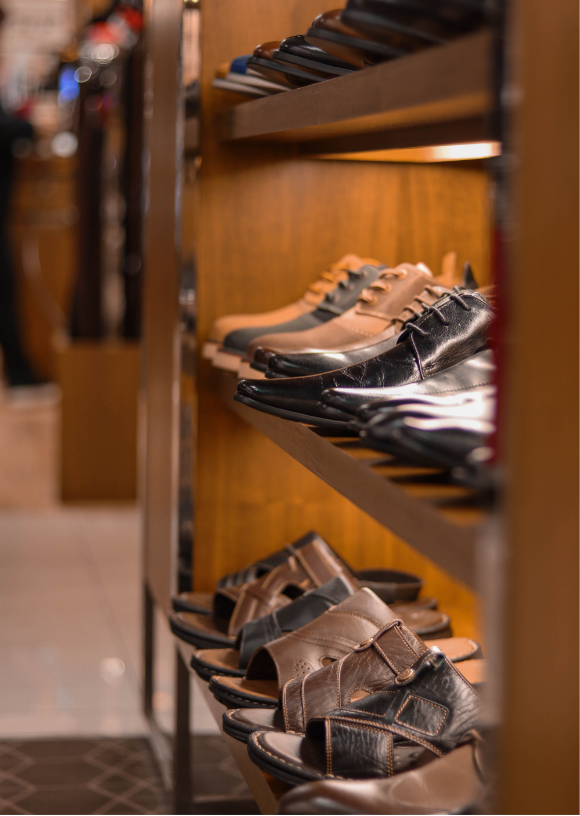Another way luxury brands could benefit from showrooming is obtaining a better cost structure. Paring down on retail space for products as well as reducing warehouse need for said products allows companies to not only save money, but to reduce prices on popular items. This lowered price, some even on par with online prices, gives customers a chance to see a product in store and purchase it right there and then. While the numbers may take awhile to catch up, getting shoppers to convert from browsers to purchasers is still a great step in the right direction.
Other than adopting the features that Best Buy utilized, like offering free shipping and delivery and price-matching policies, there are other store-specific offers that brands can adopt to bring more customers into the store. Ideas like exclusive in-store offers and rewards incentivizes customers to make the journey into the store. It’s a form of price matching, but with something so readily available at a lower price, customers get that instant satisfaction right there rather than heading home, putting in the order, and waiting for the item to be delivered.
It should be interesting to note that while online shopping has become the new norm, there are habits within that to monitor as well. According to Statista, it should come to nobody’s surprise that the device most people purchase products from is their smartphone. It’s quick, convenient, and depending on the brand’s webpage, purchases can be made right there in the store as the customer is physically inspecting that very same item. There is a strategy in compelling an already in-store customer to purchase that same product from the brand’s online store. With factors like trained employees that became specialists in their department and website-exclusive sales and prices, brands have the potential to compel customers to buy a product on their own website, even when they’re in-store inspecting the item.
Adapting to the changing times doesn’t have to mean completely revamping a business model. Sometimes something as simple as changing the layout of the store can draw more visitors. Elevating the design of your store not only draws visitors that are curious to see the layout, it can also be a chance to showcase other items instead of the more popular items. In addition to treating customers with an alluring design, providing them with top notch customer service can be the deciding factor in them purchasing a product in-store. When consumers purchase goods online and decide to return them, oftentimes they just don’t want to go through the hassle of packing it up, printing a return label, going to an approved shipping place and sending it out while it takes a while for the return to process (not to mention the time it takes for the money to return from the original account). Oftentimes, customers will decide that this process is too arduous and would rather opt to not even get the return process started, even if it means they’ve wasted their money. Brands can capitalize on this by striving to provide excellent customer service that allows for a seamless, stress-free return system in store.
Another prominent example of a luxury brand that keeps on chugging is the department store, Saks Fifth Avenue. Saks Fifth Avenue is a luxury retailer owned by Hudson’s Bay Co. that, earlier in the beginning of the pandemic, saw what would become the state of consumerism and quickly managed by cutting store hours, canceling orders and delaying others and dialing back on items that wouldn’t make sense in a work-from-home world, like men’s suits. Saks Fifth Avenue saw the shift early on in the pandemic where a work-from-home culture was rising. This meant a lower need for formal suits and business casual outfits but a much higher need for colognes and perfumes, since people would start staying home with their roommates or loved ones much more often than before. According to the article “How Saks Fifth Avenue is providing luxury shoppers with ‘comfort food’ during the pandemic” by Forbes magazine, Saks president Marc Metrick points Saks’ success to their changed priorities. Metrick goes on to say “It’s all about fashion and about having the right balance. Our top-performing businesses right now are men’s footwear, men’s sportswear, women’s footwear, leather goods, fragrances. Everyone wants to smell good because they’re hanging around the same people all day.”
Adaptability isn’t just a regular old aspect to consider when running a business, it is a crucial necessity and in most cases, the deciding factor in company growth. The world may have changed drastically throughout the last few years but tastes haven’t changed. People will still want their finely-made articles of clothing or their luxurious signature scents; one just has to have enough foresight to see where the changes are happening.



